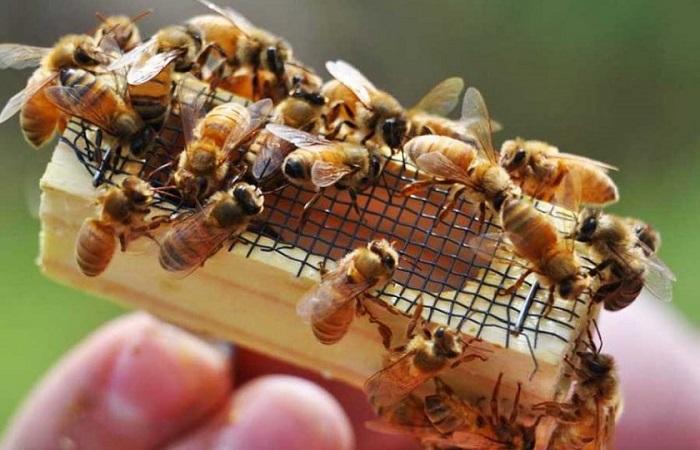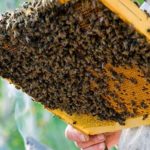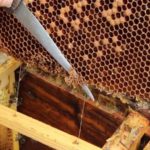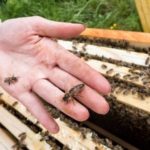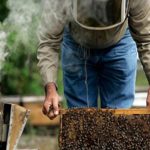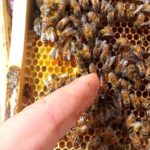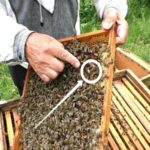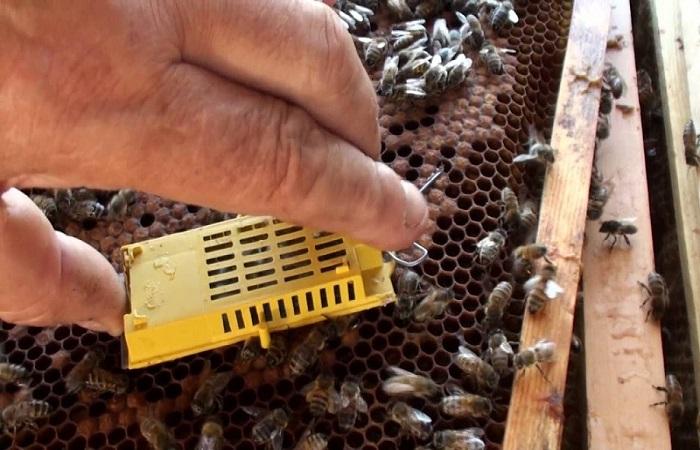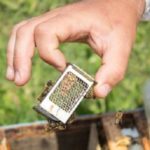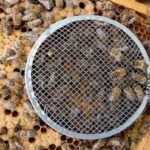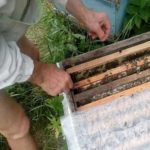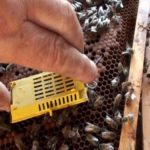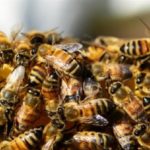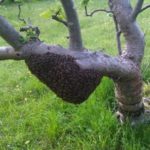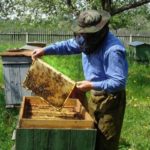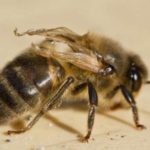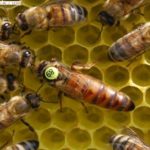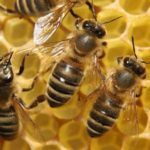Replacing old queens is a forced process that increases the productivity of the bee colony. When bees swarm, a natural replacement of the queen occurs. In this case, the procedure can also be carried out artificially. Replacement of queen bees in August must be carried out in compliance with key requirements. Thanks to this, she will be able to gain strength over the winter and begin laying eggs by spring.
Why change queen bees?
The queen bee is considered the head of the family and is responsible for laying eggs. It differs from other bees in appearance.
As queens in the main colonies age, their productivity decreases. To maintain the insect population, it is important to stimulate the development of young individuals that replace old ones. Under the influence of certain factors, there is a risk of premature death of the uterus. This provokes disruption of the hive and subsequent death of the bees.
It is worth considering that replacing the queen bee in August or autumn is accompanied by some risks. So, there is a possibility of introducing an infertile queen. In this case, the bees can kill the new inhabitant of their family. Not all individuals accept new residents. The main condition for successful queen replanting is the absence of open brood.
How to do it?
Queens can be bred naturally or artificially. The choice of method is influenced by the experience of the beekeeper, as well as the availability of free time and funds.
Natural ways
The easiest way to replace the queen is considered to be natural reproduction of bees, which is also called swarming. This method gets its name because it requires the selected colony to transition to a swarm state. In this case, it is necessary to create comfortable conditions in the hive:
- Place 3 frames with brood in the hive and cover the entrance.
- Avoid having broodless frames in the hive.
- Wait for the queen cells to set. After this, layers must be created on them and on the new frames.
The downside of the method is that it is difficult to predict when the laying of queen cells occurred. In addition, their quality is not always the best.
Another natural method of breeding and replanting queens is the use of fistula specimens. In this case, their appearance can be predicted.
This method has the following features:
- Bees must lay fistulous queen cells.
- Then you need to choose a strong, prepared family. The queen bee needs to be transferred from it to a new hive with 2 frames of brood.
- It is necessary to shake off bees from other frames into the same hive.
- As a result, it will be possible to obtain a layer, which will eventually be moved to a new hive.
- In this case, bees from an old hive that have lost their queen will lay fistulous queen cells. The beekeeper needs to ensure that they are located exclusively on mature larvae.
Queen bees obtained by this method will be healthier, stronger and more productive than using the first method.
Artificial ways
To change the queen in a hive to another, it is permissible to resort to artificial methods. At the same time, there are many options, which allows the beekeeper to choose the most suitable method. The easiest and fastest way is considered the emergency method. To use it you need to do the following:
- Take the frame with brood from the strongest family. It definitely needs to be shaken off from bees so as not to accidentally displace the local queen.
- In the frame, in which 2 larvae should remain, remove the lower walls. After this, it needs to be installed in a new home. Then the frame is placed in the home of a family that has been deprived of a queen bee.
- As a result, in one hive the queen will create a new generation of insects, and in the other, from two larvae, the bees will soon create new queens to replace the transferred one.
It is also permissible to use a purchased queen bee. When purchasing it, it is important to take into account a number of nuances and contact reliable mother breeders.
Replacement frequency and timing
The frequency of replacement of queen bees is influenced by a number of factors. These include the following:
- climate;
- apiary farming methods;
- biological characteristics of insects;
- the state of the family at a particular moment.
How to understand that the bees have not accepted the queen?
12 hours after placing the queen bee in the hive, you need to carefully open the nest and evaluate the insects’ reaction to the new individual. If they sit freely on the cage and slightly raise their abdomen, this indicates that the queen has been accepted. If the bees cling to the cage and sit in a dense group, the queen will not be accepted.
Replacing queen bees is considered a very important and responsible process, which has a positive effect on the productivity of the family. It is important to choose the right method and adhere to the specifics of the procedure.

